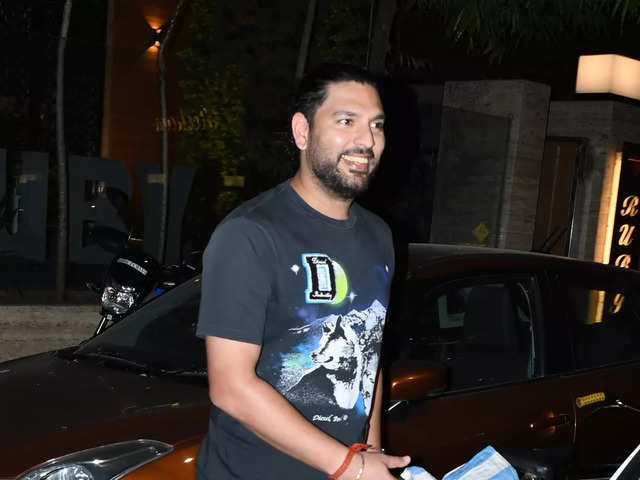
Rohit Paranjpe, Founder & CEO, SugarBoxSugarBox
Rohit Paranjpe, Founder & CEO, SugarBox notes down a few important factors for getting the next billion digital users ...
Jul 2, 2021, 12:04 IST
media
Connecting the dots for the next billion users – Is it a pipe dream, or isn’t it?
Jul 2, 2021, 12:04 IST
Rohit Paranjpe, Founder & CEO, SugarBox notes down a few important factors for getting the next billion digital users ...
- India is on a mission, to connect Bharat digitally, and the next billion digital users will come from remote areas, that are less dense, characterized by a substantially lower per capita income.
- Rohit Paranjpe, Founder & CEO, SugarBox writes that if the world is serious about connecting the “Next Billion Users” in an affordable and reliable manner, we have to understand that it takes more than technological innovation or solving present challenges.
- Instead, a fundamental disruption in the business model – breaking free of the No. of Users x ARPU game is vital, he writes.
Now, as consumers across metros and all possible tier-cities, we openly display our love for staying connected, cherish our dirt-cheap data packs, have access to smartphones for every pocket, even sport portable hotspots – it begs the question on what’s the big deal in reaching the next Billion? Hang on to this thought.
BRCK, Nairobi believes they must connect Africa to the Internet, to enhance livelihood. Latin America is cognizant of the fact that a huge number of their rural areas are still living without internet. Asia, rather India, is a living example of how startups understand the need for enabling better connectivity, across the country (not everyone can surf online, yet!).
Now, let’s come back to the initial thought. If all these upcoming regions (yeah newly coined!), are explicitly speaking about the need for internet – then why aren’t organizations reaching out to them? I mean, isn’t that the first rule of business, rather marketing - to give your target audience what they need? Or better yet, what they crave!? So, what stops anyone from fulfilling the need-gap of the most crucial target audience on the planet – The
However, philanthropic in outlook, we often forget that “internet” is a limited resource (like every other resource worth its salt or byte) and providing internet access is an infrastructure business (very similar to building roads). Consequently, the state of internet today is representative of the economic viability of the geography.
The “Next Billion Users” typically dwell in remote areas, that are less dense (so, lesser bang for the infrastructure buck), characterized by a substantially lower per capita income. They are unique users who are getting digitized on their phone, have never used desktops or laptops, and absolutely love content that could be localized for them or made available to them at a voice command! Imagine, we have deciphered so much about this consumer and yet can’t walk the last mile to connect with them?
Economic Viability – yes, it all comes down to the cost of laying and running infrastructure, plus buying spectrum vs the Revenue that can be generated from No. of Users x Avg. Revenue per User (ARPU). As a result, a metropolitan city (with a much higher density and higher per capita income) will always be far more profitable for the Internet Service
Providers (ISPs) than remote areas or sparsely populated villages which might not be sustainable for the foreseeable future (they say so, not me).
The perspective is that if the world is serious about connecting the “Next Billion Users” in an affordable and reliable manner, we have to understand that it takes more than technological innovation or solving present challenges.
Instead, a fundamental disruption in the business model – breaking free of the No. of Users x ARPU game is vital. Satellite, Laser, Balloons in the sky – everyone has been riding the tech bandwagon. It’ll be interesting to see who can actually make the numbers add up!
Let me take you back to
The takeaway here is simple - the initiative that Google undertook was brilliant; the user adoption and engagement stats were promising; but without a viable economic model, the project had to face a sad demise; and remain another byline in a long list of experiments.
The key learning here is that to solve the problem of sustenance, there will need to be disruption on both sides of the coin - Technology enhancements that will help reduce cost of delivering connectivity to the Next Billion. But, at the same time, it would also require the ecosystem to collaborate to change the economic structures adopted in connecting this cohort of users and geographies.
Innovation for better efficiency and hustle for better unit economics - that seems to be the only way to make affordable and reliable digital access for the next Billion a reality!
INSIDER INTELLIGENCE REPORTS







